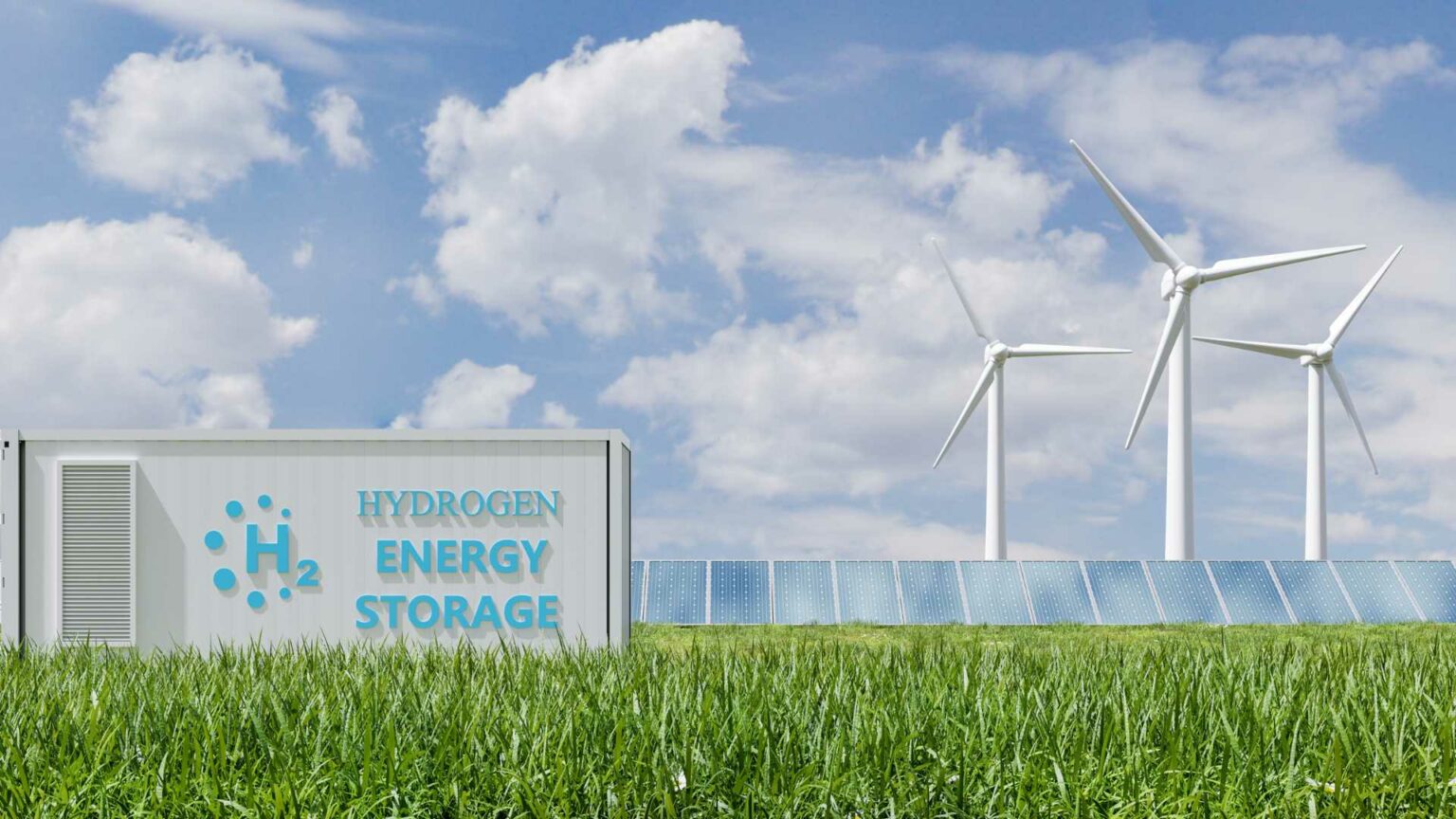Hydrogen holds promise as a key component in our transition to renewable energy, and projecting its storage capacity is crucial for planning.
According to recent forecasts, the global hydrogen storage capacity is expected to reach 10 terawatt-hours by 2035. By 2050, this capacity could quadruple to 40 terawatt-hours, based on the projects currently announced. However, these projections fall short of meeting the anticipated needs for a carbon-free future, highlighting a potential gap in infrastructure.
These capacity figures focus particularly on underground energy storage. Developing underground storage capabilities is one of the most promising methods for managing large-scale hydrogen energy. This technology supports the storage and stabilization of hydrogen to ensure consistent supply and mitigate fluctuations in renewable energy availability.
The hydrogen energy storage market is part of a much larger trend focusing on various forms of energy storage. Markets for pumped storage hydropower, battery energy storage, and thermal energy storage are all seeing significant growth. Predictions indicate substantial market value increases in these areas between now and 2030. These developments emphasize the necessity for continued investment and technological innovation in energy storage.





